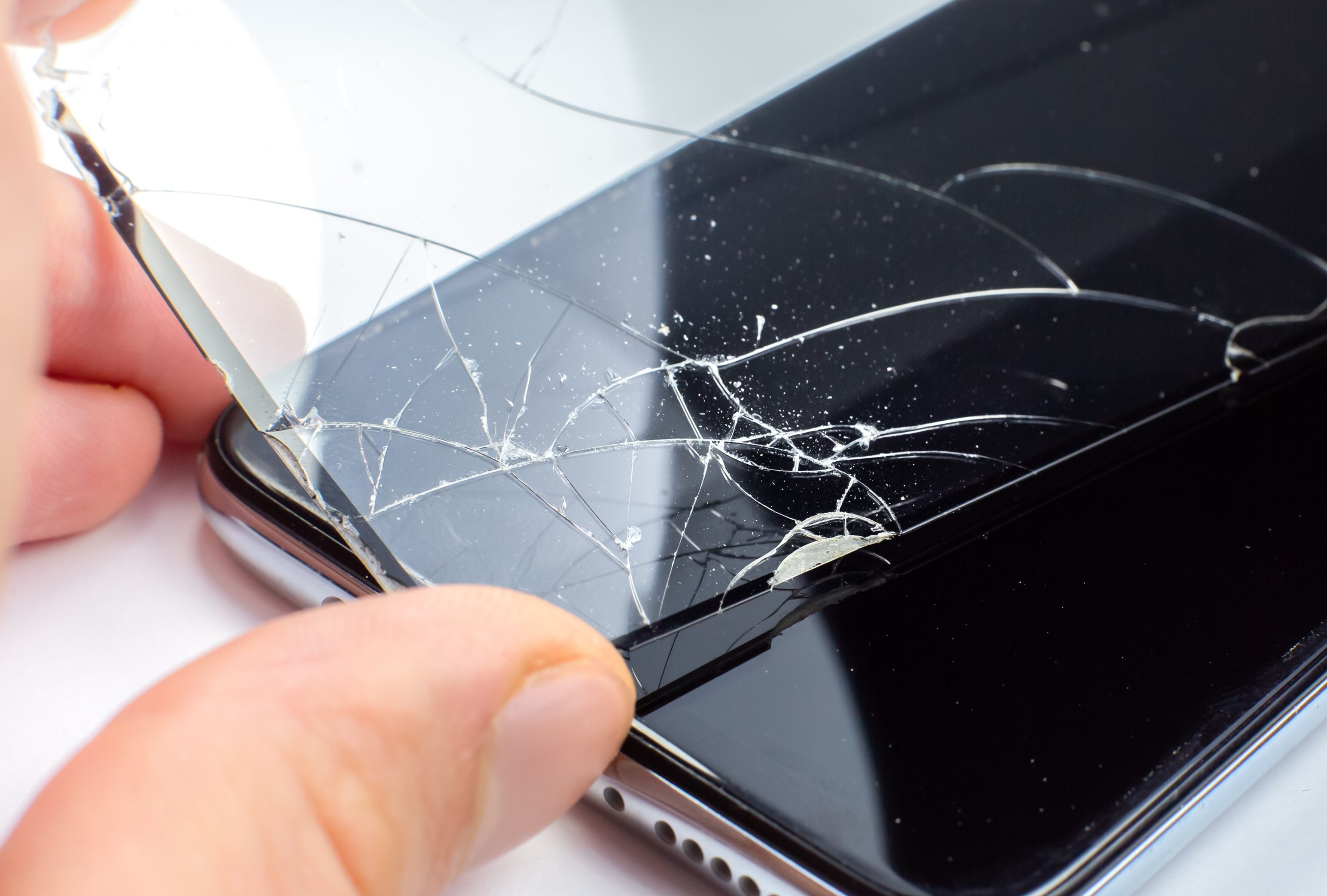People chew toothpicks for various reasons. Firstly, it’s a common oral fixation that provides a sense of comfort and satisfaction. Chewing a toothpick can help some individuals reduce stress or alleviate nervousness. Additionally, it serves as a substitute for other habits like nail-biting or smoking. Toothpicks can also be used for cleaning between teeth after a meal, contributing to better oral hygiene. Some people simply enjoy the taste and texture of flavored toothpicks.
However, it’s important to note that while toothpick chewing may have benefits for oral health and stress relief, excessive or aggressive chewing can pose risks, such as dental damage or splinter ingestion. It’s best to use them mindfully and in moderation.
How Do Toothpicks Serve As A Stress Reduction Tool?

Toothpicks serving as a stress reduction tool are rooted in the concept of oral fixation and the comforting sensation associated with repetitive, rhythmic motions.
Oral Fixation
Many people have an oral fixation, which means they find comfort in activities that involve the mouth, such as chewing, sucking, or biting. Toothpick chewing can fulfill this fixation by providing a similar soothing sensation as other oral habits.
Distraction
Chewing on a toothpick or simply holding it in the mouth can act as a sensory distraction. When people are stressed or anxious, having a small, manageable item to focus on can help divert their attention away from stressors and calm their nerves.
Repetitive Motion
The repetitive action of toothpick chewing can have a calming effect. This rhythmic motion may trigger the release of endorphins, the body’s natural mood-enhancing chemicals, which can help reduce stress and elevate one’s mood.
Physical Sensation
The tactile sensation of the toothpick and the subtle pressure it exerts on the mouth’s tissues can provide a sense of comfort. This tactile feedback can be especially reassuring in stressful situations.
Alternative to Harmful Habits
For some individuals, toothpick chewing can serve as a healthier alternative to harmful habits like smoking, overeating, or nail-biting. It can help them redirect their stress-induced impulses toward a less detrimental activity.
What Are The Dental Risks Associated With Toothpick Chewing?
The dental risks associated with toothpick chewing include
Tooth Damage: Chewing on toothpicks can lead to chipped, cracked, or fractured teeth. The hard, unyielding nature of toothpicks can cause significant dental damage when used excessively or with excessive force.
Gum Injury: Aggressive toothpick chewing can damage gum tissue, leading to cuts, lacerations, or abrasions in the delicate gum lining. These injuries may result in discomfort, bleeding, and potential infections.
Tooth Sensitivity: Toothpicks can wear down tooth enamel over time, leading to increased tooth sensitivity. This can cause discomfort when consuming hot, cold, or acidic foods and beverages.
Gingival Recession: Frequent toothpick use may contribute to gingival recession, where the gum tissue pulls away from the teeth. This can expose the tooth roots, leading to increased sensitivity and an increased risk of cavities.
Splinter Ingestion: Small wooden splinters from toothpicks can break off during chewing and inadvertently be ingested. This poses potential risks to the digestive system, including punctures or obstructions.
Oral Infections: Injuries from toothpick use, such as cuts or abrasions to the gums or oral tissues, can provide entry points for bacteria, increasing the risk of oral infections.
Misalignment: Prolonged and improper toothpick chewing can contribute to dental misalignment, affecting the alignment of teeth and potentially requiring orthodontic intervention.
How Do People Use Toothpicks For Oral Care?
People use toothpicks for oral care in several ways
Food Debris Removal
Toothpicks can effectively remove food particles and debris that get lodged between teeth, which can help prevent cavities and gum issues. This is particularly useful after a meal.
Dental Floss
Toothpick-like devices with a flossing component can clean between teeth, providing similar benefits to traditional dental floss.
Gum Massage
Gently massaging the gums with a toothpick can stimulate blood flow and maintain gum health. This can be especially helpful for individuals with mild gum issues.
Tongue Cleaning
Some toothpick-like tools have a tongue cleaner on one end, which can help remove bacteria and residue from the tongue, promoting better oral hygiene and fresher breath.
Oral Health Maintenance
Chewing on toothpicks can promote saliva production, which can aid in cleaning the mouth and neutralizing acids. It may also help reduce bad breath.
Post-Meal Clean-Up
Using a toothpick after a meal can be a quick and convenient way to remove food particles from between teeth, preventing them from becoming stuck and causing oral health problems.
What Are The Proper Dental Hygiene Practices When Using Toothpicks?
Proper dental hygiene practices when using toothpicks are essential for maintaining oral health.
To begin with, it’s crucial to choose the right toothpick, preferably opting for soft, flexible, and specially designed dental toothpicks to reduce the risk of splintering or causing damage.
Moderation is key, toothpicks should be used sparingly and primarily when needed, such as after a meal to remove food particles.
When using toothpicks, apply gentle pressure in an up-and-down or side-to-side motion to prevent damage to teeth and gums.
Additionally, it’s important not to reuse toothpicks and to rinse your mouth after use to eliminate dislodged food particles and any toothpick remnants.
Ideally, dental floss should be used before toothpicks to remove food particles more effectively. Avoid chewing on toothpicks as it can exert excessive pressure on teeth.
Do Dentists Like Toothpicks?

Dentists typically have a mixed view of toothpicks, as their perception depends on how toothpicks are used and the individual’s oral hygiene practices. Here are some considerations
Positive Aspects
- Oral Hygiene Aid: Dentists recognize that toothpicks can be a helpful tool for removing food particles and debris stuck between teeth. When used correctly and in moderation, they can contribute to good oral hygiene.
- Convenience: Toothpicks can be a convenient on-the-go solution for maintaining oral cleanliness, especially after meals when a toothbrush or dental floss may not be readily available.
Negative Aspects
- Potential for Damage: Dentists are concerned about the potential for toothpicks to cause harm when used aggressively or improperly. Toothpick misuse can lead to dental damage, gum injuries, and splinter ingestion.
- Not a Substitute: Dentists emphasize that toothpicks should not be a substitute for regular brushing, flossing, and professional dental care. They are most effective when used as a supplement to a comprehensive oral hygiene routine.
FAQ
Is it OK to use plastic toothpicks?
Plastic toothpicks are safe for cleaning teeth, but it’s crucial to handle them gently to prevent injury to gums or teeth.
Will a dentist be disgusted by my teeth?
Dentists are professionals who are there to help, not judge. They’ve seen various dental conditions and are committed to improving your oral health.
Is it better to floss or toothpick?
Flossing is generally more effective than toothpicking for cleaning between teeth. Dentists often recommend flossing for comprehensive oral care.
Will a dentist judge me?
Dentists are non-judgmental healthcare providers. They aim to assist you in maintaining or improving your oral health.
What should you not say to a dentist?
Avoid withholding information about your oral habits or any discomfort you’re experiencing. Open and honest communication is vital.
What is a calculus bridge?
A calculus bridge is not a recognized dental term. If you have concerns about dental issues, consult a dentist for proper diagnosis and guidance.
Is it painful to remove tartar?
Tartar removal may cause some discomfort, but it should not be excessively painful. Dentists use specialized tools and techniques to make the process as comfortable as possible.
Can I remove calculus myself?
Attempting to remove calculus at home is not advisable. It requires professional dental instruments and expertise to ensure safe and effective removal
How is tartar removed?
Dentists use scalers and ultrasonic devices to carefully remove tartar (calculus) from teeth during a dental cleaning.
Does calculus damage teeth?
Yes, tartar or calculus buildup can lead to various dental issues, including gum disease and tooth decay, if not removed.
What is the black tartar on my teeth?
Black tartar on teeth may indicate long-standing tartar buildup and should be addressed by a dentist to prevent dental problems.
Are toothpicks rude?
Using toothpicks at the table may be considered impolite in some cultures. It’s best to use them discreetly when needed.
What is the toothpick test?
The toothpick test typically involves inserting a toothpick into a baked item to check if it comes out clean, indicating that the item is done.
Final words
In conclusion, the habit of chewing toothpicks has a long history with diverse purposes. While some use them for practical reasons like cleaning their teeth, others find comfort and stress relief in toothpick chewing. It’s important to remember that toothpick use can have both benefits and potential risks, depending on how and why they are used.
Responsible and moderate toothpick chewing can be a helpful part of daily life, but excessive or aggressive use can lead to dental problems. To enjoy the advantages of toothpick chewing, it’s essential to understand its purpose and be mindful of its impact on oral health.











